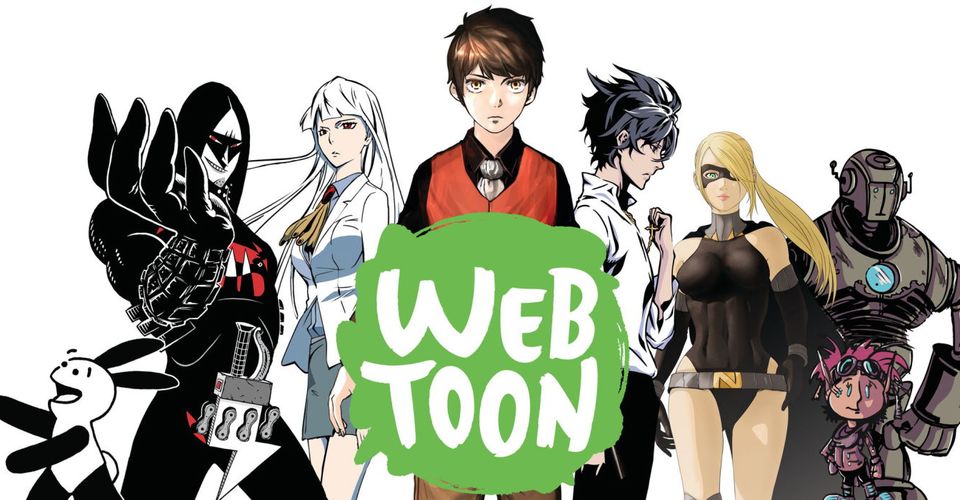LINE Webtoon: How To Publish Your Own Comic Online Easily

These days, the Internet provides aspiring cartoonists and comic book creators an excellent platform to showcase their storytelling and artistic skills in front of a huge audience. For writers and artists seeking to connect with the right audience for their comics, LINE Webtoon offers a popular way to publish comics online and even get feedback from readers.
LINE Webtoon is a webtoon publishing portal created in 2004 in South Korea. Visitors to the LINE Webtoon website will find a wide variety of creator-owned online comics in virtually any genre, including romance, fantasy, comedy, action, thriller, supernatural, and science fiction, that are free for anyone to view. For comic book fans, LINE Webtoon offers a great source of free entertainment. For comic book creators, however, the publishing portal offers much more.
The Origin of LINE Webtoon

The brainchild of JunKoo Kim, a South Korean entrepreneur, LINE Webtoon was originally created in response to the reduction of new Korean comic books (or “manhwa”) during the late 1990s and early 2000s. Kim believed that since web surfers typically scrolled down pages when reading online content, that scrollable webcomics would be popular. His idea caught on when Naver Webtoon was launched in Korea in 2004. In 2014, the LINE Webtoon website and mobile app were released to a worldwide audience.
Popular contributors to LINE Webtoon offer regularly updated webtoons of their own creation. The self-publishing platform is free for anyone to upload and share their content through LINE Webtoon. Popular webtoons include the supernatural comedy webtoon ZomCom, which covers the everyday life of a zombie girl, and Adventures of God, an episodic comic strip about an alcoholic Almighty God. Some of the webtoons proved so popular they were adapted into movies, Korean dramas, animated series, and even video games.
How To Publish Web Comics on LINE Webtoon

Comic creators who would like to self-publish their work on LINE Webtoon must sign up for a WEBTOON account and then go to the Publish page. From there, they can set up their webtoon page by selecting the main and sub-genre of their webcomic, creating a title, writing a series summary, and uploading a series thumbnail. From there, they can start uploading episodes of their webcomic, making sure to follow LINE Webtoon’s requirements on image size and dimensions.
This last part is particularly important as LINE Webtoon comics are designed to be read by scrolling down a web page, not turning pages from left to right as with most Western comics. As a result, artists and writers may find themselves altering their storytelling style to make their comic strips flow in this different panel structure. Those who master this may find their comic growing in popularity, and the website allows fans of a webcomic to subscribe to it and be notified of updates. Readers can also leave comments or feedback on each episode.
Artists are free to use traditional methods (pencils) to draw their webcomic or utilize digital art tablets and software programs. LINE Webtoon also offers a series of YouTube videos designed to take new writers and artists through the process of self-publishing a comic strip through LINE Webtoons. The videos are available on the website or on its YouTube channel. Newcomers can also listen to interviews from LINE Webtoon comic creators and find advice on how to promote themselves.
Both a popular source of original entertainment for online comic readers and a potential platform to publish a comic creator’s own graphic novel and/or comic strip, LINE Webtoon showcases what could become the newly accepted form of reading and publishing comics online. Aspiring artists and writers should visit their website to see firsthand the wide variety of comics they can publish and the platform’s requirements for successfully publishing a webtoon.
About The Author

















